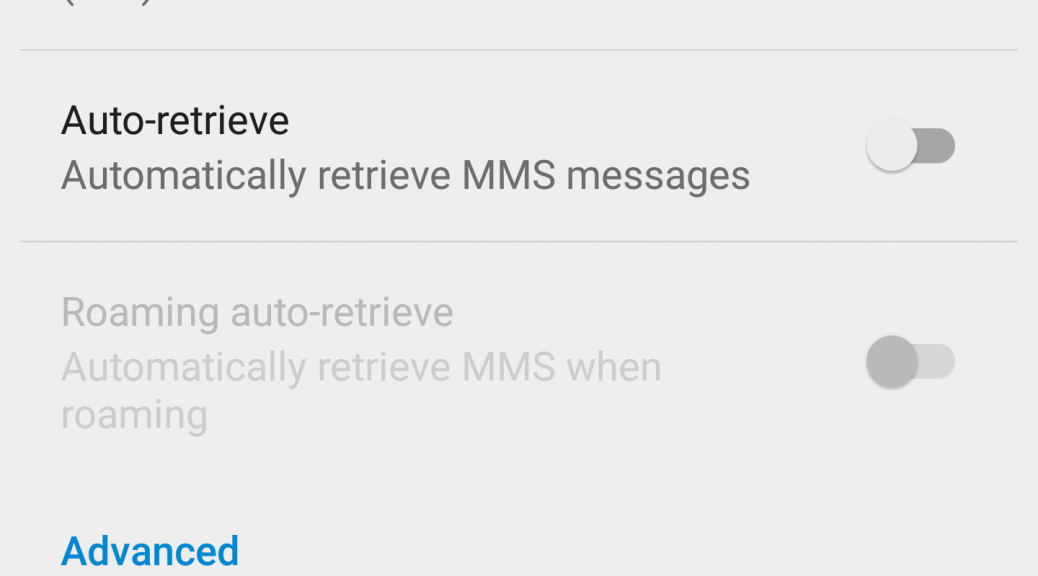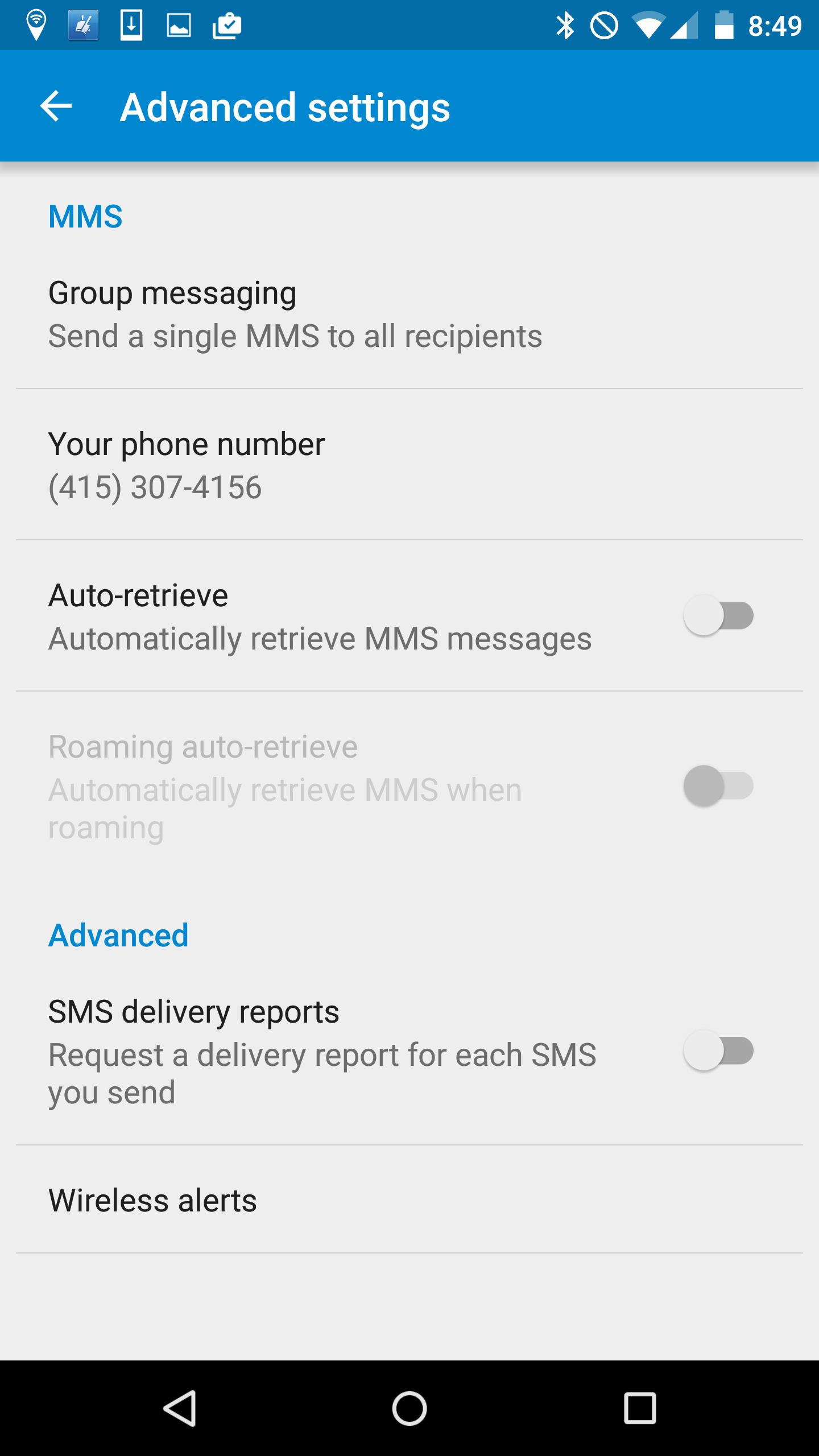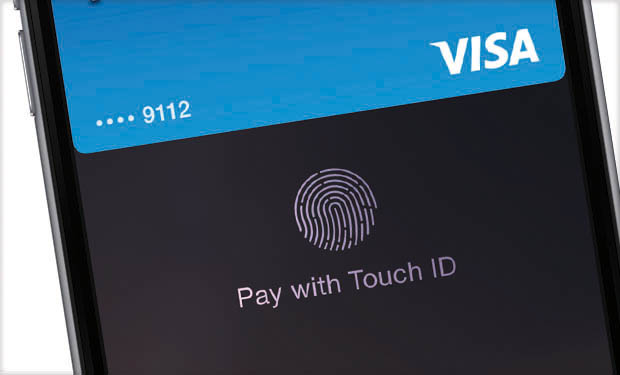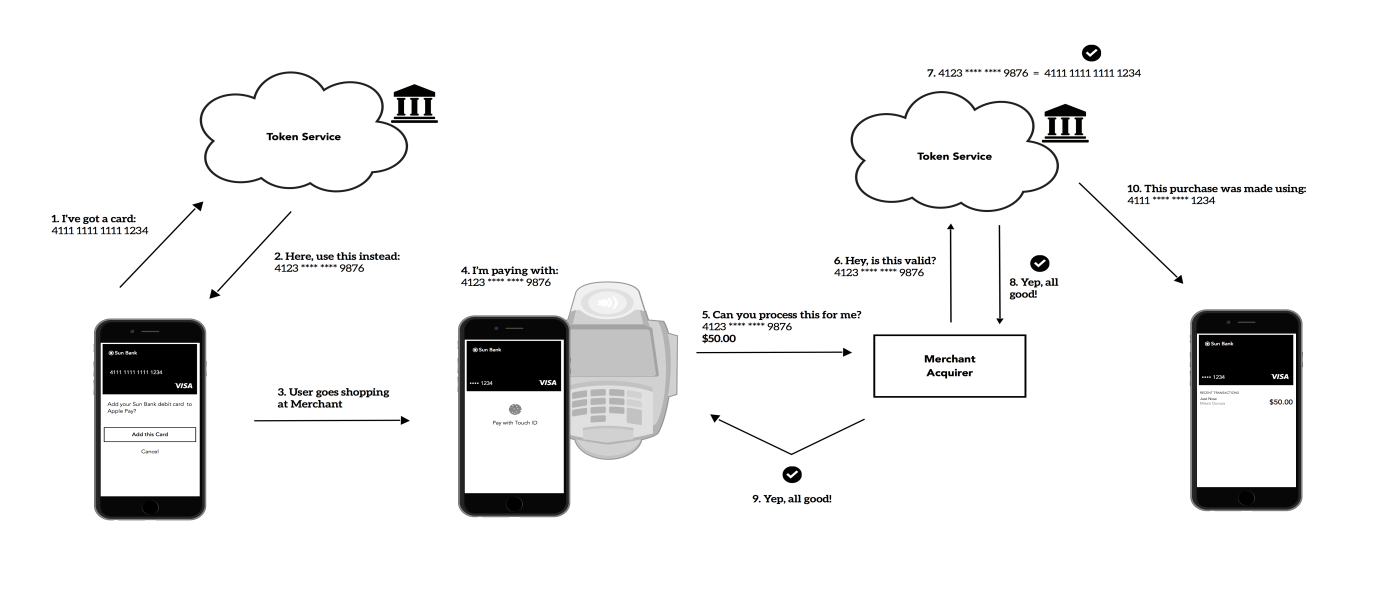I am delighted that that we have released our updated Protection and Performance products and suites – consciously timed with the inauguration of National Cyber Security Awareness Month.
Introduced in the US by President Obama, National Cyber Security Awareness Month was conceived to raise awareness and education about cybersecurity, and help citizens protect the nation in the event of a cyber-incident. Throughout October, companies and organizations will be holding conversations, hosting events and taking part in Summits as they look to educate us to “Stop. Think. Connect”.
AVG fully supports this initiative, and is involved in a number of similar, designated days and months throughout the year, such as European Cyber Security Month, which aim to further security education. As we increasingly live our lives online, and the everyday devices in our homes become connected, cybersecurity has rapidly become a personal issue as well as a one of global importance. Most of us now own multiple devices and use apps for everything we do; but our growing dependency on technology, while simple to use, they bring high levels of complexity; and all too often, security and privacy become an afterthought. One of AVG’s goals is to take the complexity of your everyday, online environment and simplify it, making it as easy as possible for you to secure and manage you and your families’ digital lives and keep them protected.
The digital landscape is always evolving, and so too, must the products you use to protect yourself. The latest release of AVG’s protection products and suites are now auto-updated on a continual basis, so users will always have the latest features and capabilities without any required action on their part, removing the need for you to accept or search for an upgrades.
The new release adds significant protection capabilities, including Real-Time Cloud Detection, AI Detection and Improved Malware Detection, are also focused on real-time protection – ensuring customers are always secured against the latest threats.
These product releases continue to underscore our leadership in online security and commitment to protecting devices, data and people, at home and at work – in the August test results from AV-Test, AVG Internet Security scored 100% for both real-time and wide spread malware detection. Make sure to check back here on our blog, AVG Now, throughout the month, to hear more product and service news, and to read some of our top cybersecurity tips.
You can find out more about the latest AVG Performance and Protection products here: http://now.avg.com/avg-new-protection-performance-press-kit/
![]()
![]()



